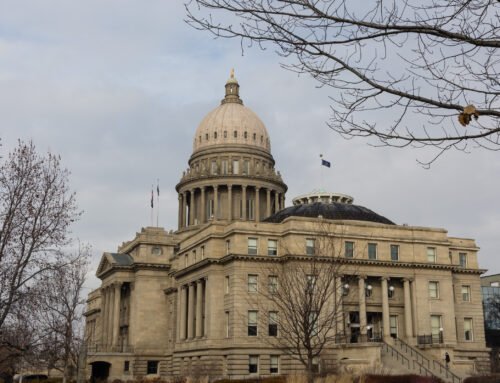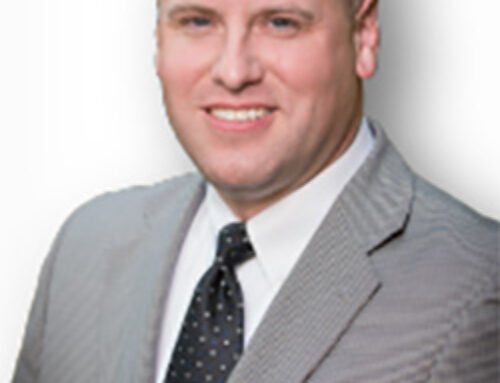The Boise School District is administering an anonymous opt–in survey this week to over 4,000 students at 14 schools in an effort to better support student health and well-being.
School counselor Jason Shanks explained that the survey aims to understand and address youth mental health concerns coming out of the COVID-19 pandemic. “We frequently get asked, ‘Well, how are your kids doing?’ And how do you answer that if you don’t have data?”
The survey, administered for the third time since the pandemic, asks about social connection, emotional wellbeing, behavioral health, as well as a few questions on sexual activity and substance abuse.
According to Shanks, the survey last year provided key understandings about student well-being. Encouragingly, the results showed low substance rates, that 83% of students said they had friends at school, and that 84% tried their best at school. What Shanks and others aimed to work on were statistics about mental health.
When asked, 30% of junior high and 44% of high school students reported moderate to severe depressive symptoms in the two weeks before the survey. Additionally, 29% of junior high students and 34% of high school students had had thoughts of suicide in the past six months. These results and others led the school district to focus on targeting social isolation and stress, which they concluded contributed to these statistics.
Schools planned initiatives based on results. For example, Shanks cited one school that, though not deeply concerned, wanted to increase the perception of safety among students. They hosted opt-in student focus groups and asked specific questions about safety. Based on student comments, they created campaigns of kindness, changed hallway procedures, made a safety committee, and included more discussions of safety in their leadership meetings. Shanks appreciated the student-centered nature of this intervention.
This year’s survey came about through a partnership between the district, St. Luke’s Hospital, the City of Boise and Communities for Youth. The partners paid for the survey. Shanks explained that Communities for Youth started through a grant from the Idaho Department of Health and Welfare during the COVID-19 pandemic, and the organization works to affront mental health challenges among youth. Survey creators include Megan L. Smith and Matt Isbell from Boise State University.
After this year’s survey, Shanks and team members plan on conducting a mental health summit, where administrators, nurses, psychologists, social workers, counselors, and/or learning coaches meet to analyze data for their specific school, and then decide on resources and activities to implement. They will also address what worked and didn’t work from previous initiatives.
Pursuant to the Parents Rights legislation passed last legislative session, this year’s survey is opt-in, meaning parents must fill out a consent form in order for their students to take it. Shanks explained that sometimes wary parents simply need more information about the survey, or reassurance that it is truly anonymous. Other times they feel uncomfortable with the questions or that the discussion involves mental health. Last year, the well-being survey was opt-out with over 7,000 participants compared to this year’s 4,000.
Shanks said the groups backing the survey aim for what is called “upstream prevention,” or working first and foremost on preventative measures through things like campaigns, education, clubs and school events. This is more ideal than “downstream prevention,” like counseling and suicide assessments after mental health issues have already surfaced or worsened. “The more specific prevention we can do determined by the data from the survey,” Shanks explained, “the less mental health intervention we will have to do to support students that are struggling.”
Shanks eagerly anticipates the results from this year’s survey. “I’m excited to see if there’s been any growth [from last year] and excited [to figure out] how we can best support our student body. They’re the reason we’re all here.”






Leave A Comment